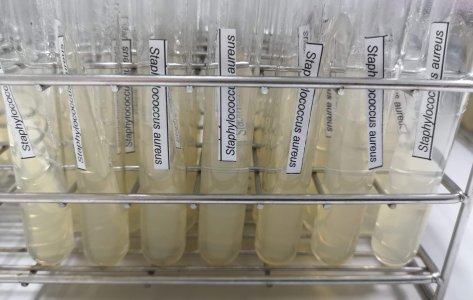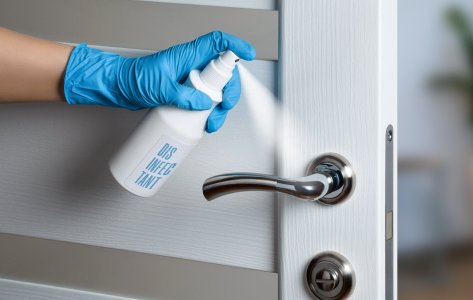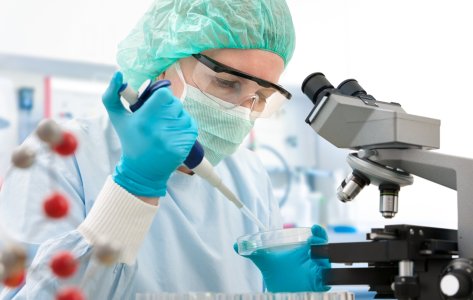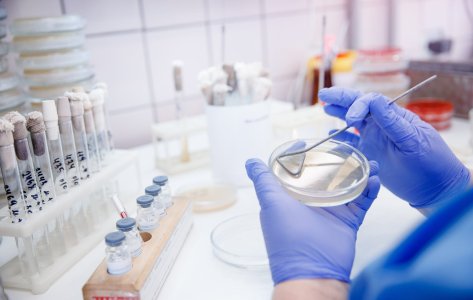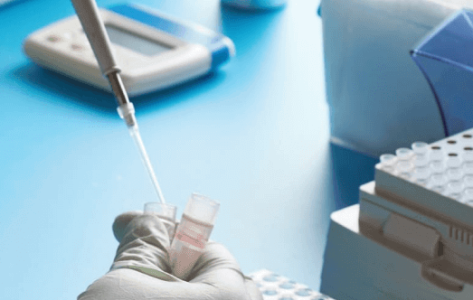- Swiss testing laboratory
ASTM E2799:12

Hassle-free testing experience
Need to get a product tested? No worries! To and fro logistics are on us; we collect your products, test them and, deliver them back to you.
Related tests for you
Standard that describes the requirements for plastics that are designed to be aerobically composted in either a municipal or an industrial facility
Standard test for assessing the efficacy of liquid microbicides against suspended viruses in solution
Quick understanding of the test
ASTM E2799:12 - Testing Disinfectant Efficacy against Pseudomonas aeruginosa Biofilm using the MBEC Assay
Application
Mandatory test strains
- Pseudomonas aeruginosa (ATCC 15442)
- Biofilm is cultivated on pegs in a 96-well MBEC assay plate.
- The biofilm-coated pegs are exposed to the disinfectant in a controlled environment.
- Biofilm cells are removed via sonication, serially diluted, and plated to calculate log10 CFU reductions.
- Tests disinfectants against biofilms rather than just planktonic bacteria to provide a more realistic assessment of a disinfectant's effectiveness in real-world conditions.
- Allows simultaneous testing of multiple disinfectants or concentrations.
Turnaround Time
Passing criteria
Do you have a product that needs testing?
Abstract
ASTM E2799 is a standardized method to check the efficacy of disinfectants against Pseudomonas aeruginosa Biofilm using MBEC assay.
Bacterial biofilms are clusters of bacteria that are either attached to each other or to a surface to form a complex structure. These biofilms exhibit different gene expression and regulation in comparison to individual microorganisms floating freely in water (planktonic cells) even if they have the same genetic makeup.
Biofilm growth reactors are designed to produce biofilms with particular characteristics. The objective of biofilm research and efficacy testing is to select the growth reactor that produces the most suitable biofilm for the specific study.
ASTM E2799 Test Method
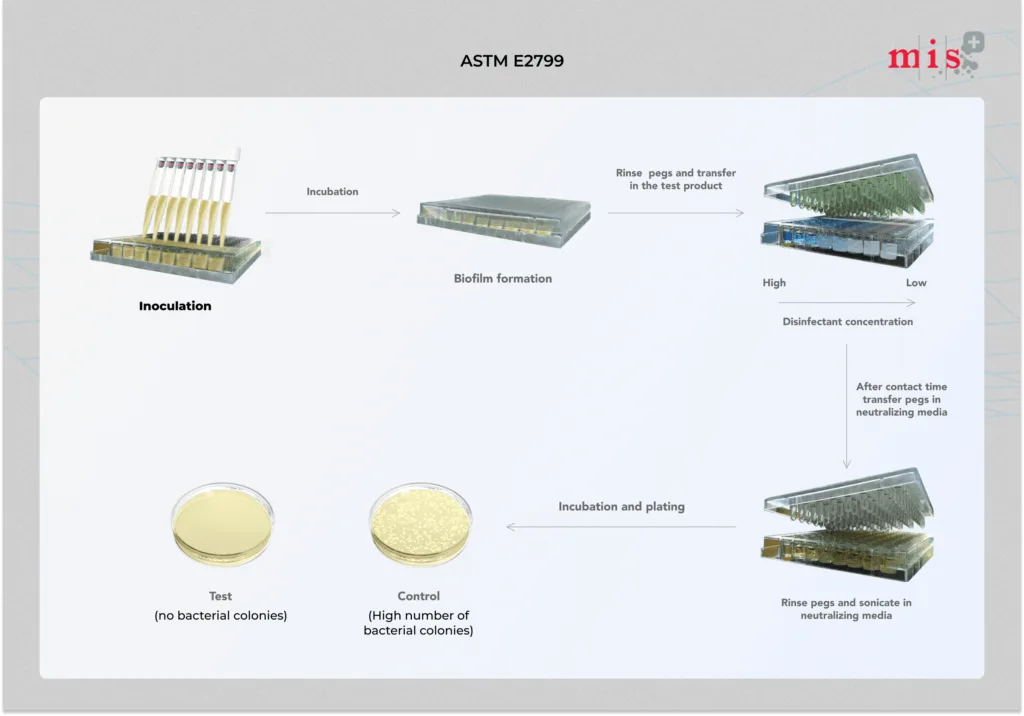
- The MBEC assay device (tester device) consists of a plastic lid with 96 pegs and a receiver plate with 96 individual wells that can hold a maximum 200-µL working volume.
- Biofilm is established on the pegs under batch conditions when there is no flow of nutrients into or out of an individual well with gentle mixing.
- The established biofilm is transferred to a new receiver plate for disinfectant efficacy testing.
- At the end of 24 h of growth, the pegs containing the biofilm are rinsed to eliminate planktonic cells.
- In the next step, the peg lid is placed in a receiver plate and the wells in the receiver plate are filled with appropriate sterility, growth, and neutralizer controls and disinfectant samples.
- After a specified contact time, samples from each well are diluted and plated to enumerate viable cells.
- Disinfectant efficacy is expressed as a log reduction of viable cells when biofilm density is recorded as log colony-forming units per surface area.
Importance of ASTM E2799 Test
Biofilm-producing strains of Pseudomonas aeruginosa have become a concerning cause for persistent and difficult-to-treat infections in hospitalized patients. Biofilm helps bacteria to become resilient to survive under extreme conditions, hence, making their inactivation difficult by disinfectants.
The implementation of disinfectants with the ability to combat Pseudomonas aeruginosa biofilms provides a more targeted approach to disinfection, especially in situations where bacterial biofilms are of concern. To evaluate the efficacy of such disinfectants, ASTM International has developed a standard test method known as ASTM E2799, which employs the MBEC Assay to assess Disinfectant Efficacy against Pseudomonas aeruginosa Biofilm.
Conclusion
MIS provides an extensive range of antimicrobial efficacy tests for disinfectants utilized across various areas, like human medicine, domestic applications and veterinary settings..
With our deep expertise in microbiology testing, we provide both standardized as well as customized solutions that align with specific product requirements of clients.
By employing cutting-edge microbiology techniques, we ensure precision and reliability in scientific interpretation of our test results.
For ASTM E2799 testing services, our microbiology experts are ready to provide you with all technical assistance. Reach out to our experts here.
Frequently Asked Questions

DR. Martinoz Scholtz
ASTM E2799 specifies the use of biofilm assay (MBEC) to grow and evaluate the susceptibility of Pseudomonas aeruginosa biofilm to disinfectant samples.
ASTM E2799 testing is applicable to disinfectants claiming efficacy against Pseudomonas aeruginosa Biofilm.
ASTM E2799 test takes 4-5 weeks to complete.
Meet the best of the blend of
R&D, Efficacy Testing,
Innovation and Passionate
Experts at MIS.





Explore More
Did you know there are
Antibacterial testing of disinfectants plays
Antimicrobial testing is important to
Antibacterial efficacy testing is an
Let’s face it, we are
